
Tongli ZJTL series cement vertical mill is a very important link in cement production and is the best choice for raw material grinding and clinker grinding. As an iterative product of the ball mill, the vertical mill occupies a small area, which is about 50% less than the ball mill. It does not require a factory building and can be placed outdoors. The energy consumption is smaller than that of the ball mill. The unit power consumption is usually 22-28kWh/ton, which is about 30% lower than that of the ball mill, thereby reducing production costs and improving production efficiency. In recent years, it has been widely used in major cement plants. Tongli cement vertical mill is mainly composed of grinding rollers, grinding discs, transmission devices, separators, hydraulic systems, etc. The grinding effect is achieved by squeezing and grinding the materials by the grinding rollers.


One machine, two jobs
A MACHINE YOU CAN DEPEND ON!
Ideal for grinding hard, high-abrasive materials with high moisture contents, such as clinker, limestone, and furnace slag, our vertical roller mill delivers consistent raw material preparation at every stage of your production process.
Taking the Tongli ZJTL3630 vertical mill as an example, when processing 200 tons of raw materials per hour, its energy consumption is only 25kWh/ton, which means that at least 5-10kWh of electricity can be saved for every ton of cement produced. For a cement plant with an annual output of 1 million tons, the vertical mill can save millions of yuan in electricity costs each year.
Traditional grinding equipment often needs to dry the raw materials first and then grind them, while the vertical mill integrates drying and grinding functions, greatly improving production efficiency. The vertical mill uses the high-temperature exhaust gas introduced from the preheater or the kiln tail to directly send hot air into the mill to dry the material.
Our state-of-the-art raw materials testing center and laboratory at Pennsylvania State University support you in making the most appropriate milling solution for your application. These facilities are some of the world’s most advanced for raw material analysis and allow us to measure various parameters, such as hardness, abrasiveness, and stickiness.
| Specification | Capacity (t/h) | Material Size (mm) | Material Moisture (%) | Product Fineness (R0.08) | Product Moisture (%) | Main Motor Power (KW) | Inlet Air Temperature (°C) | Outlet Air Temperature (°C) | Air Volume (m³/h) | Pressure (Pa) | Weight (t) |
| ZJTL 1250 | 14-18 | 0-25 | <10% | <12% | ≤1 | 155 | ≤350 | 70-95 | ~25,000 | ~5000 | 27 |
| ZJTL 1300 | 20-25 | 0-35 | <10% | <12% | ≤1 | 220 | ≤350 | 70-95 | ~45,000 | ~5000 | 43 |
| ZJTL 1550 | 30-36 | 0-35 | <10% | <12% | ≤1 | 315 | ≤350 | 70-95 | ~65,000 | ~5000 | 72 |
| ZJTL 1700 | 40-45 | 0-35 | <10% | <12% | ≤1 | 400 | ≤350 | 70-95 | ~88,000 | ~5000 | 85 |
| ZJTL 1900 | 50-60 | 0-40 | <10% | <12% | ≤1 | 500 | ≤350 | 70-95 | ~120,000 | ~5000 | 99.5 |
| ZJTL 2200 | 70-90 | 0-40 | <10% | <12% | ≤1 | 710 | ≤350 | 70-95 | ~180,000 | ~5000 | 188 |
| ZJTL 2300 | 70-100 | 0-50 | <10% | <12% | ≤1 | 370 | ≤350 | 70-95 | ~80,000 | ~5000 | 70 |
| ZJTL 2500 | 80-105 | 0-50 | <10% | <12% | ≤1 | 430 | ≤350 | 70-95 | ~100,000 | ~5000 | 80 |
| ZJTL 3300 | 100-120 | 0-60 | <10% | <12% | ≤1 | 900 | ≤350 | 70-95 | ~240,000 | ~5000 | 250 |
| ZJTL 4240 | 150-180 | 0-65 | <10% | <12% | ≤1 | 1200 | ≤350 | 70-95 | ~320,000 | ~5000 | 350 |
| ZJTL 5250 | 200-240 | 0-70 | <10% | <12% | ≤1 | 1500 | ≤350 | 70-95 | ~400,000 | ~5000 | 450 |
| ZJTL 6250 | 250-300 | 0-75 | <10% | <12% | ≤1 | 1800 | ≤350 | 70-95 | ~400,000 | ~5000 | 550 |
QUALITY NEVER GOES OUT OF STYLE
Material feeding: Cement raw materials enter the center of the grinding disc through the air lock valve and move to the edge under the centrifugal force of the rotating grinding disc.
Grinding: The material at the edge of the grinding disc is crushed by the pressure of the pressure roller. The vertical mill adopts roller grinding, and the grinding disc diameter and roller pressure are the key parameters of grinding efficiency. For example, the grinding disc diameter of ZJTL2620 vertical mill is 2620mm, and the maximum roller pressure can reach 50MPa.
Drying and air separation: Hot air enters the mill through the annular nozzle from the bottom of the vertical mill, and the material is dried while being ground. By adjusting the inlet air temperature (such as the inlet air temperature of the ZJTL series vertical mill can reach ≤350℃), it is possible to dry materials with a moisture content of up to 10%. The dried material rises with the air flow and enters the powder separator.
Powder selection and recycling: Unqualified coarse powder is separated by the powder selection machine and falls back into the grinding disc for re-grinding, while the fine powder that meets the requirements enters the dust collection system with the airflow to complete the entire grinding process.
The morphology of cement particles produced by vertical mill is mostly flat, with narrow particle distribution and large contact area between powder particles. This particle morphology is conducive to the early hydration reaction of cement, so the early strength of cement produced by vertical mill is higher. The grinding efficiency of vertical mill is higher, and the power consumption is usually 18~22kWh/t, which is about 30%~50% lower than that of ball mill, so it has obvious advantages in energy consumption and cost control. According to data, the reduction of total energy consumption of vertical mill can reduce the production cost by about 5 yuan per ton of cement. Vertical mill has strong adaptability, especially in handling high-moisture materials. Its powerful drying function can dry raw materials with high moisture content during the grinding process to ensure production stability.
The cement particles produced by ball mill are mostly spherical, with a wide distribution of particles. Such particle morphology is conducive to the later strength development of cement. Statistics show that cement particles produced by ball mill are usually more uniform, but the early strength is slightly inferior to that of vertical mill cement. The ball mill has a wide adaptability to raw materials, especially suitable for processing high-hardness materials, but its processing capacity for high-moisture materials is limited and requires additional drying equipment. The power consumption of the ball mill is high, usually 25~30kWh/t, but its maintenance and operation are relatively simple, suitable for small and medium-sized cement production enterprises.
Long-term contact between the grinding roller and the material will cause severe wear, reduced grinding efficiency, and uneven particle size of the discharged material. To solve this problem, it is necessary to regularly check the wear of the grinding roller, replace or repair the grinding roller in time, and use wear-resistant materials to make the grinding roller to extend its service life.
In addition, the vertical mill sometimes vibrates violently during operation, which may be caused by unbalanced grinding discs, uneven feeding or uneven wear of the grinding roller. The solution includes checking the wear of the grinding disc and grinding roller, adjusting the balance of the grinding disc, ensuring uniform material feeding, and conducting a comprehensive inspection of the equipment when necessary.
Another common problem is that the fineness of the discharged product does not meet the standard, which may be caused by reduced efficiency of the powder selector or excessive material humidity. The speed of the powder selector should be checked and the air volume should be adjusted to ensure its normal operation, and the moisture content of the material should be controlled to avoid excessive moisture in the material affecting the grinding effect.
Finally, high mill differential pressure is usually caused by system blockage or poor ventilation. To solve this problem, it is necessary to check the patency of the pipeline and dust collection system, clean up the blocked materials, and adjust the air volume and air pressure to ensure that the system is well ventilated.
The selection of cement vertical mill is usually determined by the production capacity of the cement plant, the characteristics of the raw materials and the different production processes. The diameter of the grinding disc directly affects the output and production capacity of the mill. Taking the ZJTL series as an example, the grinding disc diameter ranges from 1250mm (ZJTL 1250 model) to 6200mm (ZJTL 6200 model). The larger the grinding disc, the stronger the production capacity of the equipment.
For example, the grinding disc diameter of the ZJTL 2220 vertical mill is 2220mm, which is suitable for medium-sized cement production lines with an annual output of 550,000 to 750,000 tons. Depending on the model of the mill, the output is also different. For example, the output of the ZJTL 1900 vertical mill is 50-60 tons/hour, while the output of the ZJTL 5500 vertical mill can reach 400-500 tons/hour. Therefore, when selecting the model, it is necessary to select the appropriate equipment according to the specific production capacity requirements of the cement plant.
The motor power of the vertical mill is closely related to the production capacity of the equipment. The motor power of small vertical mill equipment is generally between 200 and 500 kW, while the motor power of large vertical mills can reach 1000 to 4000 kW. For example, the main motor power of the ZJTL 6200 vertical mill reaches 4500 kW.
In addition, the selection of cement vertical mills also needs to consider the characteristics of the materials to be processed, such as the hardness and moisture content of the materials. For high-hardness materials and high-moisture materials, the vertical mill needs to give priority to models with strong drying functions when selecting, so that it can better meet production needs and ensure production efficiency. For example, the ZJTL series vertical mill can process materials up to 60 mm, and the moisture content of the materials entering the mill is generally required to be below 10%.
Common vulnerable parts include grinding roller, grinding disc lining, separator blade, air duct lining, etc., especially grinding roller and grinding disc lining, because they are in direct contact with the material and bear greater wear, so they need to be regularly inspected and replaced according to the use.
Grinding roller is one of the most easily worn parts in vertical mill, and its service life is generally 6000 to 8000 hours. When it is worn to a certain extent, it must be replaced or repaired by surface welding to ensure the grinding efficiency.
Grinding disc lining is used to protect the surface of the grinding disc and extend its life. The replacement cycle is usually 5000 to 7000 hours, depending on the hardness of the material and the production intensity.
The separator blades are gradually worn due to long-term contact with the material, which may cause uneven fineness of the milled product, so they also need to be regularly inspected and replaced. The wear of the air duct lining will affect the ventilation effect of the vertical mill, thereby reducing the grinding efficiency. Regular replacement of the lining helps to maintain the smoothness of the system.
Correct maintenance and care of cement vertical mill will improve the service life and production efficiency of the equipment. First of all, the transmission system, bearings and other components of the vertical mill need to be lubricated regularly to reduce wear and extend life.
Please refer to the instruction manual for the selection and replacement cycle of lubricating oil. In addition, a large amount of dust will accumulate inside the vertical mill during operation, affecting the normal operation of the equipment. Therefore, it is necessary to regularly clean the equipment, especially the key parts such as the air duct, grinding disc, and grinding roller, to ensure the smoothness and efficiency of the grinding system.
The vertical mill may have vibration problems during operation, which is usually related to the wear of the grinding disc or grinding roller, uneven feeding of materials, etc. Regularly monitoring the vibration of the equipment and timely adjusting the balance of the grinding disc and the uniformity of feeding can effectively reduce equipment loss. At the same time, the electronic control system of the vertical mill needs to be checked regularly to ensure the normal operation of the motor, frequency converter, PLC control system and other equipment, so it is necessary to focus on monitoring. Finally, the cooling system and ventilation system are crucial to the stable operation of the vertical mill. Regularly checking the cooling water and air ducts to prevent overheating or system blockage will help maintain the normal operation of the equipment.
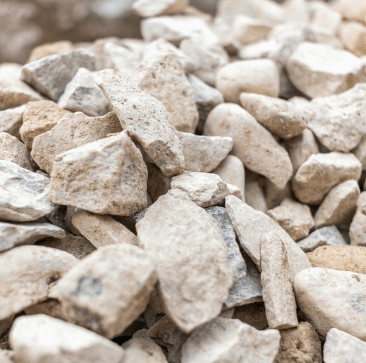
Limestone is widely used in cement production. Vertical mills can grind it efficiently and reduce energy consumption, thereby improving production efficiency.

Cement clinker is the main raw material for cement production. Vertical mills can effectively improve its fineness and ensure the quality of cement.
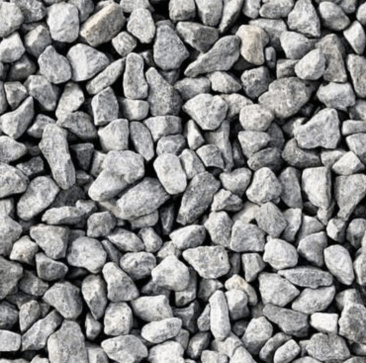
Vertical mills are suitable for grinding coal, providing uniform fineness, which helps boiler combustion and reduces carbon dioxide emissions.
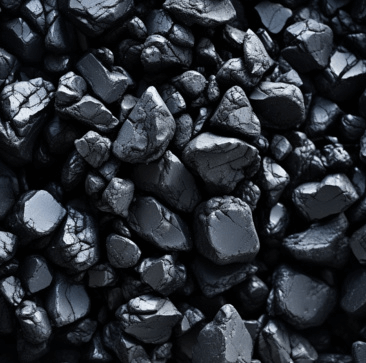
Granulated blast furnace slag vertical mills can grind the cooled slag into powder to make mixed cement, improving strength and durability.
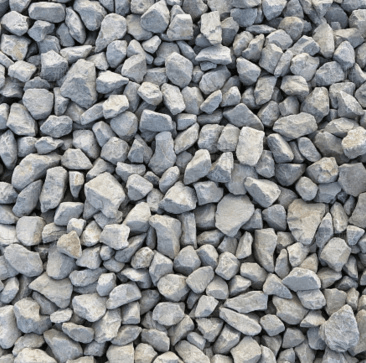
The fine grinding of gypsum can improve the performance of cement. Vertical mills can accurately control the particle size and enhance the strength of cement.

Vertical mills are suitable for grinding various ceramic materials, ensuring uniform particle size and quality, and are widely used in construction and decoration.
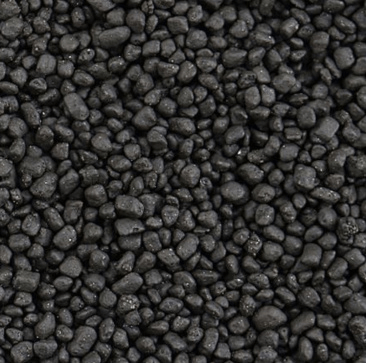
The fine grinding of barite is used for oil field drilling. Vertical mills can provide high-quality products and improve operating efficiency.
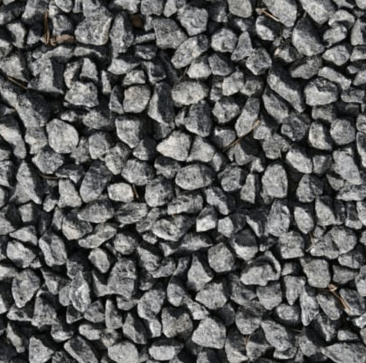
Vertical mills can be used for fine grinding of bentonite, which is widely used in the ceramic, coating and rubber industries to increase added value.
You can get in touch with us through the following contact information
AddressNo. 2289 Huancheng South Road, Tongxiang, Jiaxing, Zhejiang Province, China. Zip code:314500
Please fill in the sales inquiry form and our sales representatives will be in touch shortly.